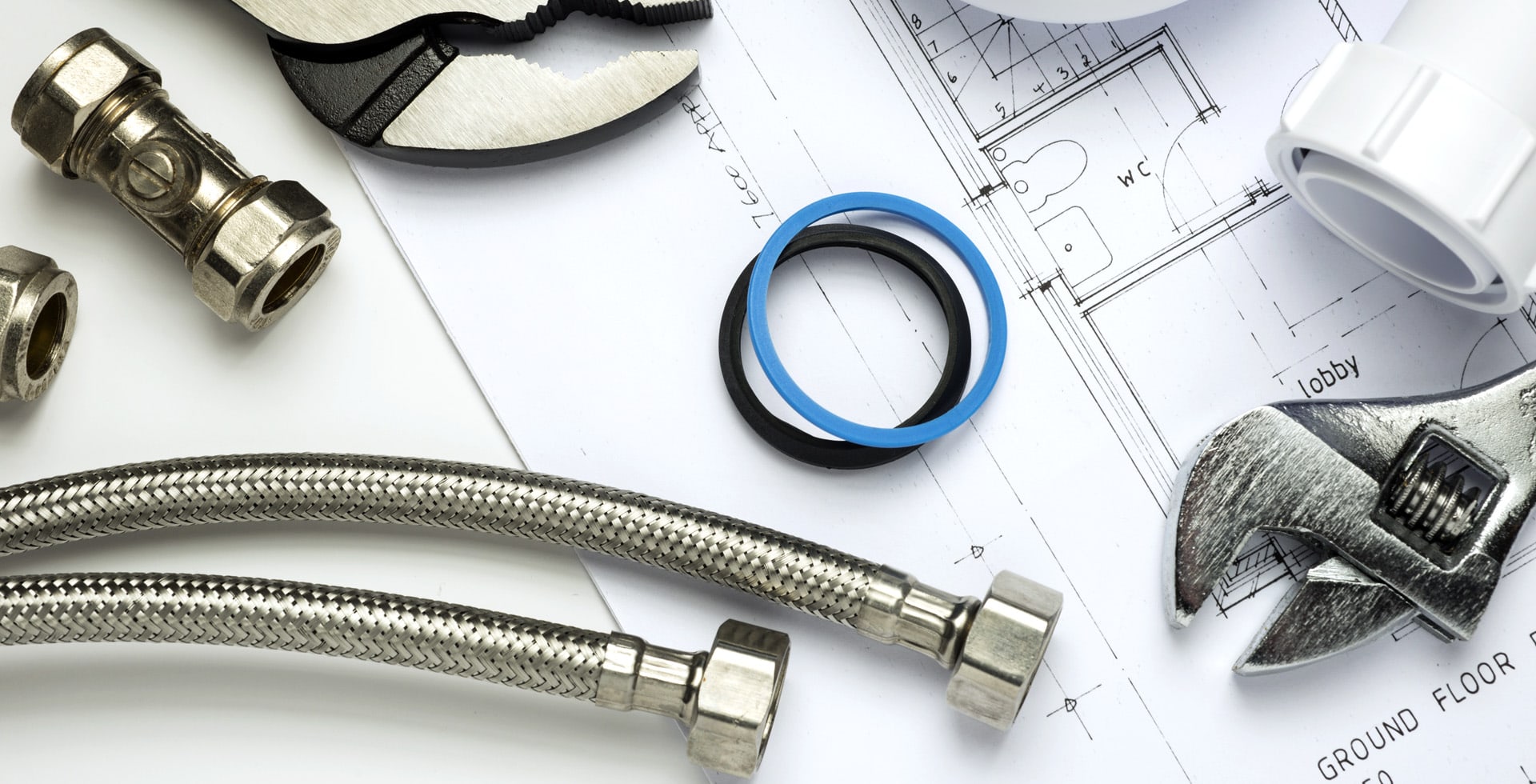Water heaters are essential appliances in many homes, providing hot water for bathing, cooking, and cleaning. One of the critical components of an electric water heater is the heating element, which is responsible for heating the water inside the tank. Over time, heating elements can wear out or malfunction, leading to insufficient hot water or complete failure of the unit. This brings us to the question: can a water heating element be repaired?
Understanding Water Heating Elements
Water heating elements are metal rods or coils that are installed in electric water heaters. They are typically made of stainless steel, copper, or a combination of metals, and are designed to conduct electricity to generate heat. The heat produced by these elements warms the water stored in the tank.
There are usually two heating elements in a standard electric water heater: an upper and a lower element. The upper element is responsible for heating the top portion of the tank, while the lower element heats the bottom. This configuration helps maintain a consistent water temperature and ensures that hot water is available quickly when needed.
Common Problems with Heating Elements
Heating elements can experience a variety of issues over time, including:
- Burnout: This occurs when the heating element burns out due to prolonged use or electrical surges. A burned-out element will not heat water, leading to a lack of hot water.
- Scale Buildup: Minerals in the water can accumulate on the heating element, forming a layer of scale. This scale acts as an insulator, reducing the efficiency of the element and causing it to overheat and fail.
- Electrical Shorts: Faulty wiring or connections can cause electrical shorts in the heating element, leading to malfunction.
- Corrosion: Over time, the metal of the heating element can corrode, especially in areas with hard water. Corrosion weakens the element and can lead to leaks or failure.
Can a Heating Element Be Repaired?
The short answer is that heating elements themselves are generally not repairable. Once an element fails due to burnout, corrosion, or other issues, it typically needs to be replaced rather than repaired. However, there are some steps that can be taken to address related issues and ensure the longevity of the replacement element.
Replacement vs. Repair
Replacement: If a heating element is burned out or heavily corroded, the best course of action is to replace it. Replacement heating elements are relatively inexpensive and widely available at hardware stores or online. Replacing the element involves draining the water heater, removing the faulty element, and installing the new one. This process is straightforward and can often be done by a knowledgeable homeowner or a professional plumber.
Descaling: In cases where scale buildup is the primary issue, the element may not need to be replaced if it is still functional. Descaling involves removing the mineral deposits from the element. This can be done using a descaling solution or a mixture of vinegar and water. However, if the element is heavily scaled or damaged, replacement is recommended.
Electrical Repairs: If the heating element is not functioning due to electrical issues, such as a faulty thermostat or wiring, these components can be repaired or replaced. In such cases, it’s essential to ensure that the electrical connections are secure and that the thermostat is functioning correctly.
Steps to Replace a Heating Element
If you need to replace a water heating element, follow these steps:
- Turn off Power: Ensure the power to the water heater is turned off at the circuit breaker to avoid electrical shock.
- Drain the Tank: Attach a hose to the drain valve at the bottom of the tank and drain the water into a suitable container or outside.
- Remove the Element: Use a heating element wrench to unscrew the faulty element from the tank. Be prepared for some residual water to leak out.
- Install the New Element: Insert the new heating element into the tank and tighten it securely. Ensure that any gaskets or seals are properly positioned to prevent leaks.
- Refill the Tank: Close the drain valve and refill the tank with water. Check for leaks around the new element.
- Restore Power: Turn the power back on at the circuit breaker and allow the water heater to heat up. Check that the thermostat is set to the desired temperature.
Preventing Future Issues
To prevent future problems with heating elements, consider the following tips:
- Regular Maintenance: Periodically check and clean the heating elements to remove scale buildup. Flushing the tank can also help remove sediment that can accumulate at the bottom.
- Water Softening: If you live in an area with hard water, consider installing a water softener to reduce the mineral content in the water. This can help extend the life of the heating elements.
- Thermostat Settings: Keep the thermostat at a moderate setting to prevent overheating the elements. Overheating can cause premature burnout.
- Professional Inspection: Have your water heater inspected regularly by a professional to identify any potential issues early.
While a water heating element itself cannot be repaired once it fails, it can be easily replaced, restoring the functionality of your water heater.
Consider hiring a specialist for Heating Element Repair for the best solution.
GET IN TOUCH
Schedule a Visit
Regular maintenance and attention to the condition of the heating elements can help prevent issues and extend the lifespan of your water heater. If you’re unsure about replacing a heating element yourself, consider consulting a professional plumber to ensure the job is done correctly and safely.
By understanding the role of heating elements in your water heater and knowing when and how to replace them, you can maintain a reliable supply of hot water in your home.

